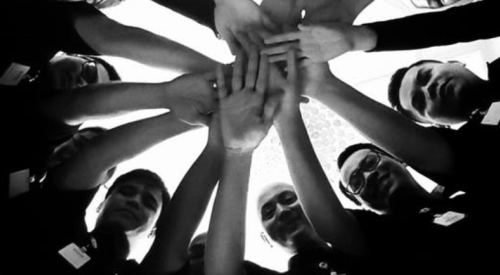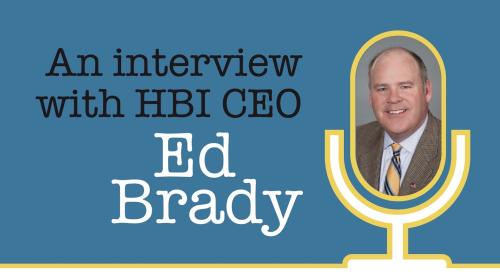Constructivism means giving employees the resources and opportunity to learn on their own, at their pace, when they need it. At Houston-based David Weekley Homes, constructivism is achieved by using e-learning to separate the "need to know" from the "nice to know."
"E-learning forced our training content to be consistent across the board," says Mike Humphrey, vice president of operations. "It forces the discipline of giving only the absolute 'need to know' information."
The strength of the e-learning model is standardization, but it also allows for individualized curriculum based on an associate's assessed skill level and knowledge base. This saves time, compared with more standard classroom-style training, and frees David Weekley Homes' 14 training "coaches" to divide their energy more equitably and effectively among various regions and offices.
|
But the real challenge will come in the next six months. The company will try to correlate survey responses and e-learning scores to return on investment, a territory that's admittedly difficult, somewhat murky and wholly uncharted across most businesses and industries (not just home building). But Humphrey says it's absolutely necessary and feasible.
"Trainers don't necessarily want to be measured on ROI, but we think that measure will cause us to leverage our trainers even better than we do today," he says. "It'll focus them down to very specific needs of our people, in the review process and ongoing throughout the year. It's simple: If communication test scores go up, customer satisfaction ought to go up. If people do well on the Build the Weekley Way test, our quality walk scores should go up."
The company estimates that e-learning adds six weeks per year to work schedules - more time in the field, with customers and for coaches to work with employees to strengthen the Weekley mission.
The Web-based training has changed the paradigm for interaction between trainers and employees. With increased, better-quality field time, Humphrey has seen a shift from a "cop-like" environment toward one in which the trainer is a resource, a liaison who bridges employees' needs, the project manager's requirements and the company's mission.
"It's been challenging because when you have full-time trainers, they see e-learning as a threat," chairman and CEO David Weekley says. "They think they're going to lose their job, or they're standoffish because they say, 'You can't do with a computer what I can do as a human.' But now our coaches do a combination of training and on-site individual coaching. They're excited because they figure the less time they spend in the classroom means more time spent one on one with skills training."











